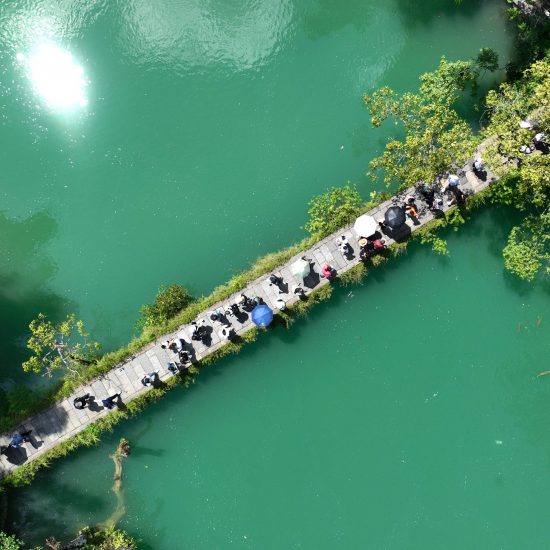
Antarctica, a vast expanse of ice and mystery, has long been governed by the Antarctic Treaty System , a framework established in 1959 to ensure peaceful scientific collaboration and environmental preservation. However, the continent’s unique status is facing unprecedented challenges as geopolitical tensions escalate and nations jostle for strategic and resource-driven advantages.
The ATS, signed by 12 countries initially and now encompassing 58 signatories, prohibits military activity and mineral mining, promoting scientific research and protecting the continent’s ecosystem. Despite these noble intentions, the treaty’s efficacy is being tested as countries like China and Russia assert their interests more aggressively.
In October 2024, the Commission for the Conservation of Antarctic Marine Living Resources , a key component of the ATS, convened in Tasmania to discuss the establishment of new marine protected areas and the regulation of krill fishing—a critical food source for species such as penguins, seals, and whales. The talks were derailed when China and Russia jointly opposed the proposed measures, seeking to ease restrictions on krill fishing and blocking the creation of additional marine parks. Conservationists expressed alarm, warning that such actions could have detrimental effects on the Antarctic ecosystem and set a concerning precedent for international environmental agreements.
This move aligns with a broader pattern of nations racing to claim and name remote parts of the seabed. Advances in ocean floor mapping technology have enabled countries to identify and assert ownership over undersea features, driven by the potential for valuable resources. This modern “scramble for the oceans” has seen a surge in proposals to the International Hydrographic Organization for official recognition of these claims, raising concerns about future economic exploitation and environmental degradation.
The United States, traditionally a leader in Antarctic research through its United States Antarctic Program , is grappling with internal challenges that could diminish its influence on the continent. The Department of Government Efficiency , spearheaded by Elon Musk, has implemented significant funding cuts across federal agencies, including the National Science Foundation , which oversees the USAP. These budgetary constraints have led to layoffs of key NSF program managers, jeopardizing critical scientific research in Antarctica. The uncertainty surrounding the future of USAP operations has prompted other nations, such as Germany, Canada, Spain, and China, to recruit US scientists, potentially altering the geopolitical landscape and undermining the ATS’s collaborative spirit.
Territorial claims in Antarctica, though held in abeyance under the ATS, remain a contentious issue. Seven countries—Argentina, Australia, Chile, France, New Zealand, Norway, and the United Kingdom—have laid claim to portions of the continent, with some overlaps leading to historical disputes. While the treaty prohibits new claims and freezes existing ones, the strategic importance of Antarctica’s resources continues to tempt nations to challenge the status quo.
The ATS operates on a consensus-based decision-making process, requiring agreement among all consultative parties. This structure, while promoting collaboration, also means that a single nation’s dissent can stall progress, as evidenced by the recent CCAMLR meeting. The inability to adapt and enforce conservation measures in the face of geopolitical maneuvering raises questions about the treaty’s resilience and effectiveness in addressing contemporary challenges.




